 The Director-General of UNESCO, Irina Bokova, has named the three laureates of the 2016 UNESCO-Japan Prize on Education for Sustainable Development (ESD): the Centre for Community Regeneration and Development (CCREAD-Cameroon) from Cameroon; the Okayama ESD Promotion Commission from Japan; and the National Union of Students UK (NUS-UK) from the United Kingdom of Great Britain and Northern Ireland.
The Director-General of UNESCO, Irina Bokova, has named the three laureates of the 2016 UNESCO-Japan Prize on Education for Sustainable Development (ESD): the Centre for Community Regeneration and Development (CCREAD-Cameroon) from Cameroon; the Okayama ESD Promotion Commission from Japan; and the National Union of Students UK (NUS-UK) from the United Kingdom of Great Britain and Northern Ireland.
This is the second edition of the Prize, which was established in 2014 to honour and showcase outstanding ESD projects and programmes of individuals, institutions and organizations within the framework of the Global Action Programme on ESD (GAP). The Prize is funded by the Government of Japan and endowed with USD 50,000 for each laureate.
CCREAD-Cameroon was selected for its inspirational project “Integrated ESD schemes in schools and communities in Cameroon” which targets children, youth, women and indigenous groups in marginalized, hard-to-reach communities. The youth-led programme, which operates both in schools and through ESD community learning centres, helps enhance their social, economic and cultural empowerment to reduce poverty and health threats, improve governance, and preserve the environment.
The Okayama ESD Promotion Commission was selected for its “Okayama ESD Project” which shows a highly unusual systemic and city-wide approach to ESD: It addresses and involves various sectors and actors of the local community through both formal and informal education. More than 240 organizations are involved in the project, including NGOs, businesses and educational institutions. Citizens are trained through “ESD Coordinator Trainings”, “ESD internships” with a local NGO or “ESD Café” sessions which motivate mutual learning and discussion on sustainability.
NUS-UK, a confederation of 600 students’ unions across the United Kingdom, was selected for its “Green Impact” programme, which accredits and awards university departments for sustainability efforts. Training students as mentors, the programme encourages university staff to make their workplace “greener” while generating economic savings. The Green Impact framework ranges from simple actions such as advice on double sided printing to setting up an ethical credit union. Through peer to peer engagement, the programme creates collaboration across departments and institutions.
This year’s laureates were chosen by an international jury from a total of 120 nominations, submitted by 64 UNESCO Member States and 10 NGOs in official partnership with UNESCO.
The Director-General will award the Prize to the three laureates in a ceremony at UNESCO Headquarters in Paris on 11 October, during the 200th session of UNESCO’s Executive Board.
Source: unesco.org


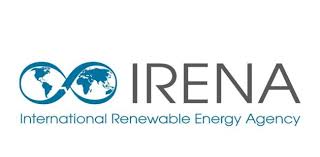
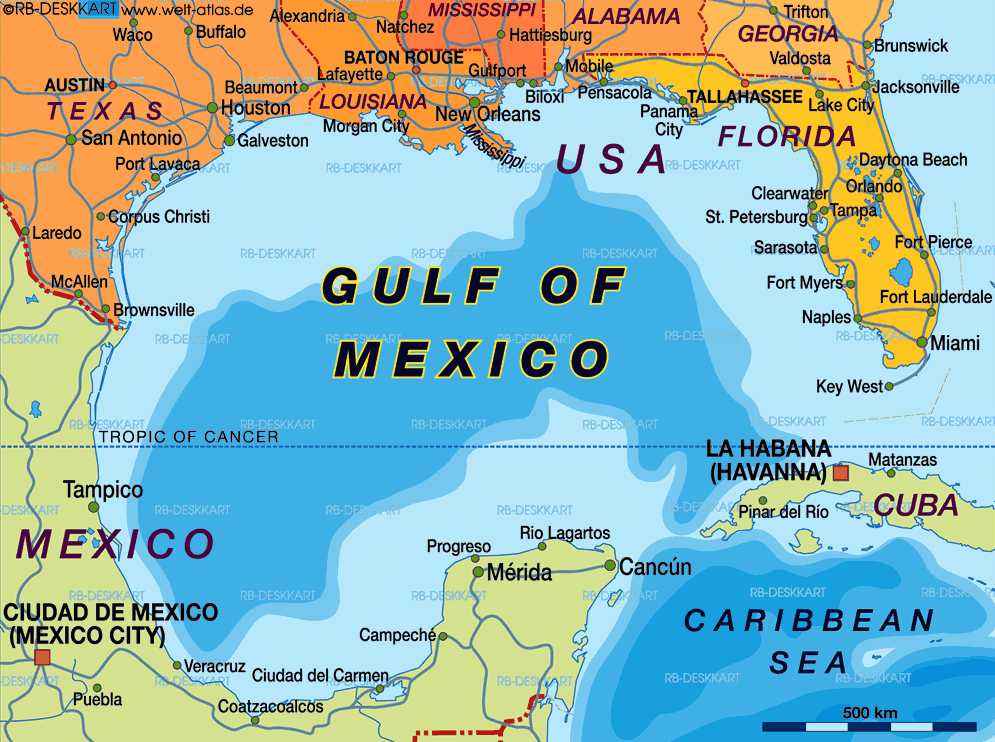
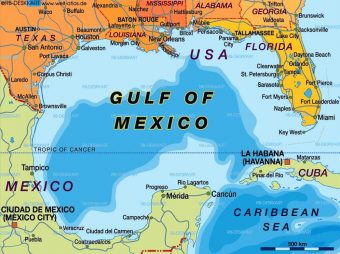 Shell announces recently that production has started from the Stones development in the Gulf of Mexico. Stones is expected to produce around 50,000 barrels of oil equivalent per day when fully ramped up at the end of 2017.
Shell announces recently that production has started from the Stones development in the Gulf of Mexico. Stones is expected to produce around 50,000 barrels of oil equivalent per day when fully ramped up at the end of 2017.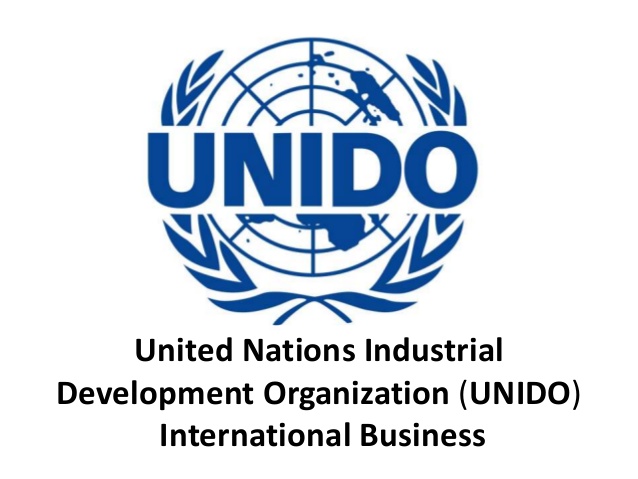

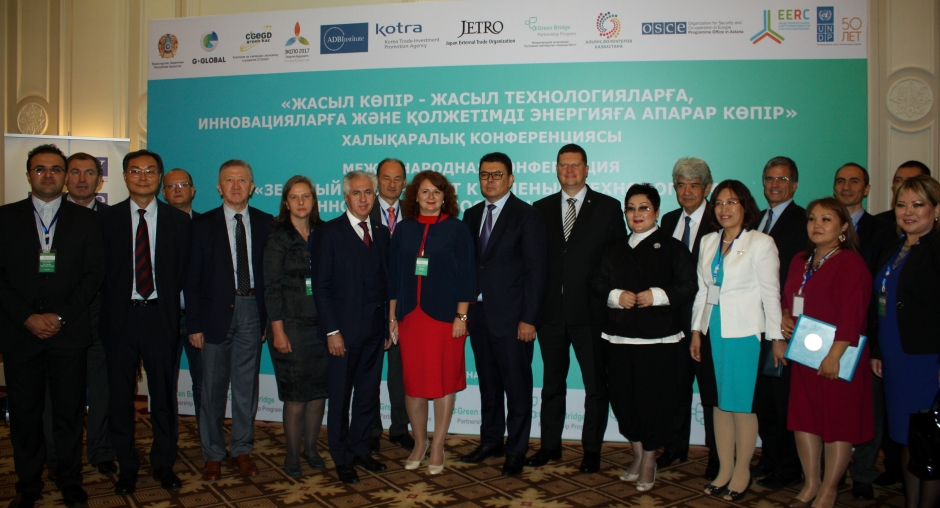
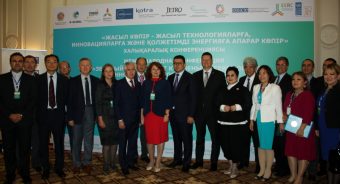 ASTANA, 14 September 2016 – Promoting the Green Bridge Partnership Initiative (GBPI) with a focus on exchange of green technologies and improved co-operation is the topic of a two-day OSCE-supported international conference that started today in Astana.
ASTANA, 14 September 2016 – Promoting the Green Bridge Partnership Initiative (GBPI) with a focus on exchange of green technologies and improved co-operation is the topic of a two-day OSCE-supported international conference that started today in Astana.



 WASHINGTON — The Energy Department’s Advanced Research Projects Agency-Energy (ARPA-E) today announced $37 million in funding for 16 innovative new projects as part of a new ARPA-E program: Integration and Optimization of Novel Ion-Conducting Solids (IONICS). IONICS project teams are paving the way for technologies that overcome the limitations of current battery and fuel cell products.
WASHINGTON — The Energy Department’s Advanced Research Projects Agency-Energy (ARPA-E) today announced $37 million in funding for 16 innovative new projects as part of a new ARPA-E program: Integration and Optimization of Novel Ion-Conducting Solids (IONICS). IONICS project teams are paving the way for technologies that overcome the limitations of current battery and fuel cell products.
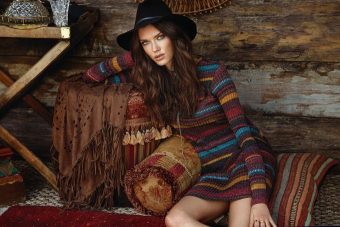
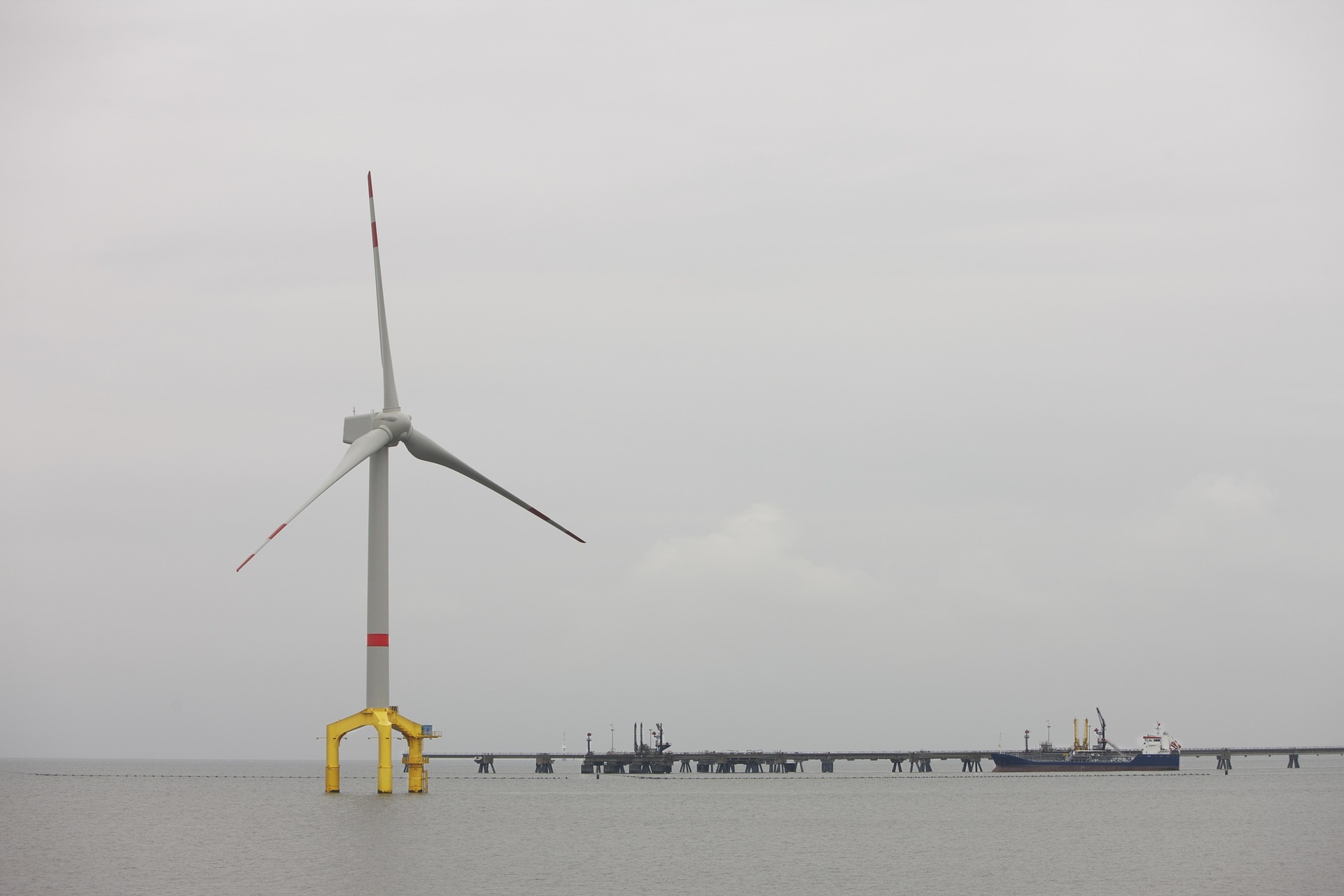


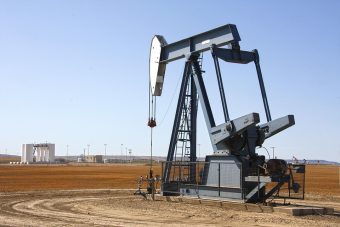



 ABB’s Azipod XL model increases fuel efficiency by up to an additional 10 percent
ABB’s Azipod XL model increases fuel efficiency by up to an additional 10 percent
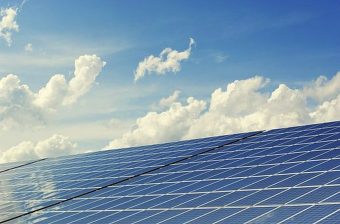
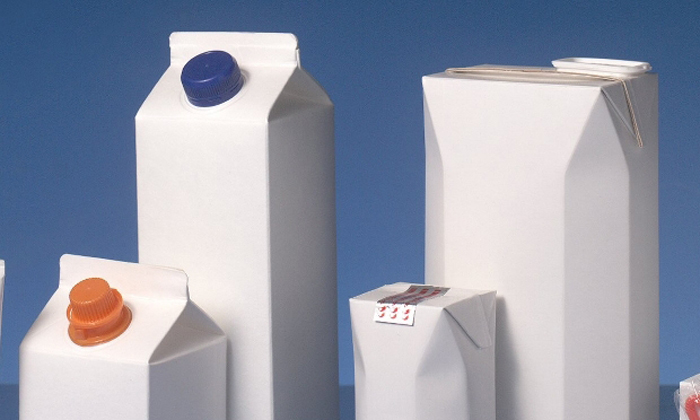
 Elopak is pleased to announce it is now a CarbonNeutral® company and is also able to exclusively offer CarbonNeutral® packaging to its customers. With this, Elopak is fulfilling its vision of carbon neutrality, in line with its ambitious environmental strategy; Future Proofed Packaging.
Elopak is pleased to announce it is now a CarbonNeutral® company and is also able to exclusively offer CarbonNeutral® packaging to its customers. With this, Elopak is fulfilling its vision of carbon neutrality, in line with its ambitious environmental strategy; Future Proofed Packaging.
 Cities dominate energy demand, and by extension are responsible for a significant share of carbon emissions. In 2013, the world’s urban areas accounted for about 64% of global primary energy use and produced 70% of the planet’s carbon dioxide emissions. These shares will rise as cities grow and urban economic activity expands. As the world seeks to make more efficient use of its energy resources, increase energy security and meet global climate targets, it is essential that cities take a leading role in the energy transition.
Cities dominate energy demand, and by extension are responsible for a significant share of carbon emissions. In 2013, the world’s urban areas accounted for about 64% of global primary energy use and produced 70% of the planet’s carbon dioxide emissions. These shares will rise as cities grow and urban economic activity expands. As the world seeks to make more efficient use of its energy resources, increase energy security and meet global climate targets, it is essential that cities take a leading role in the energy transition.